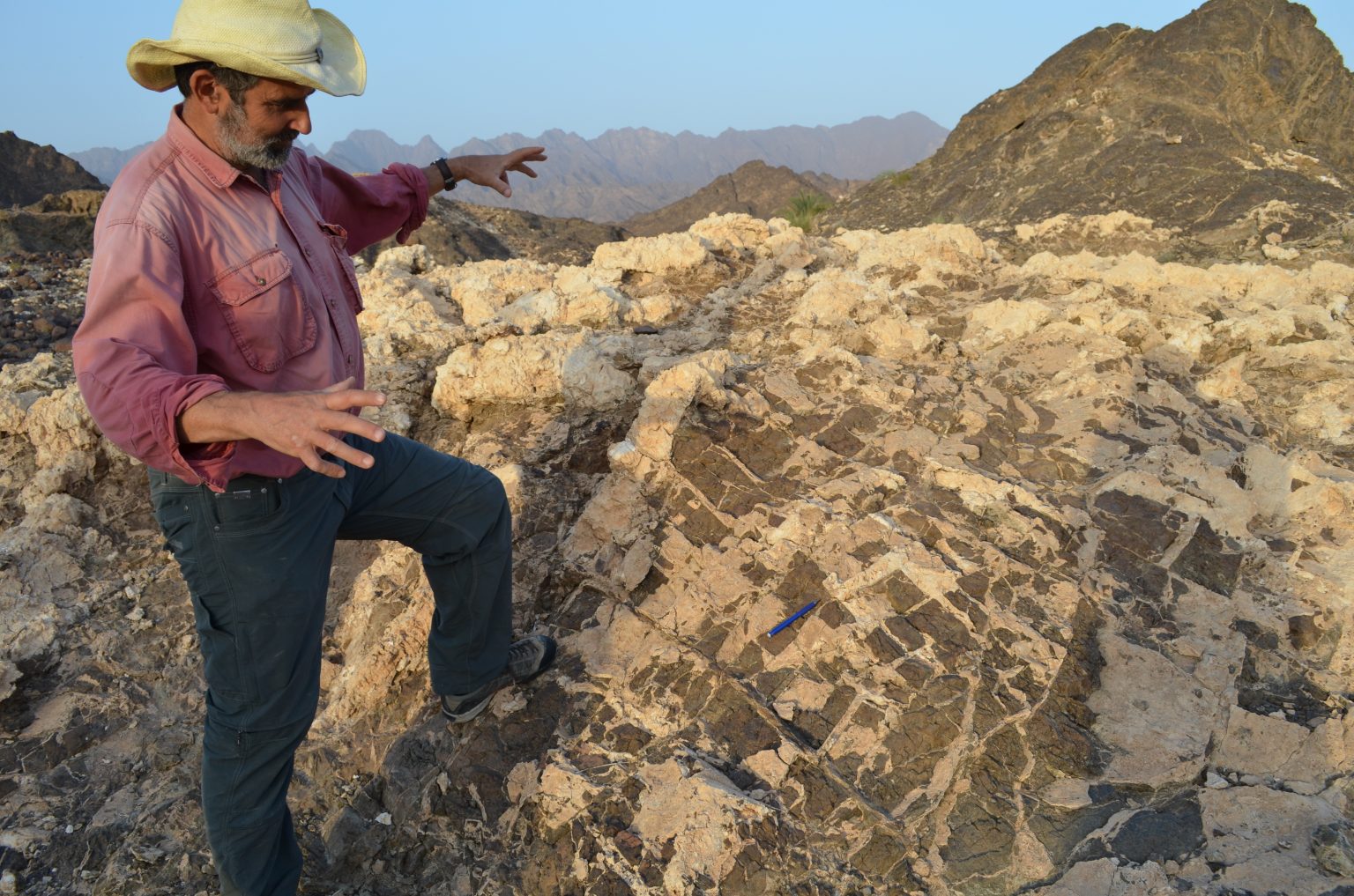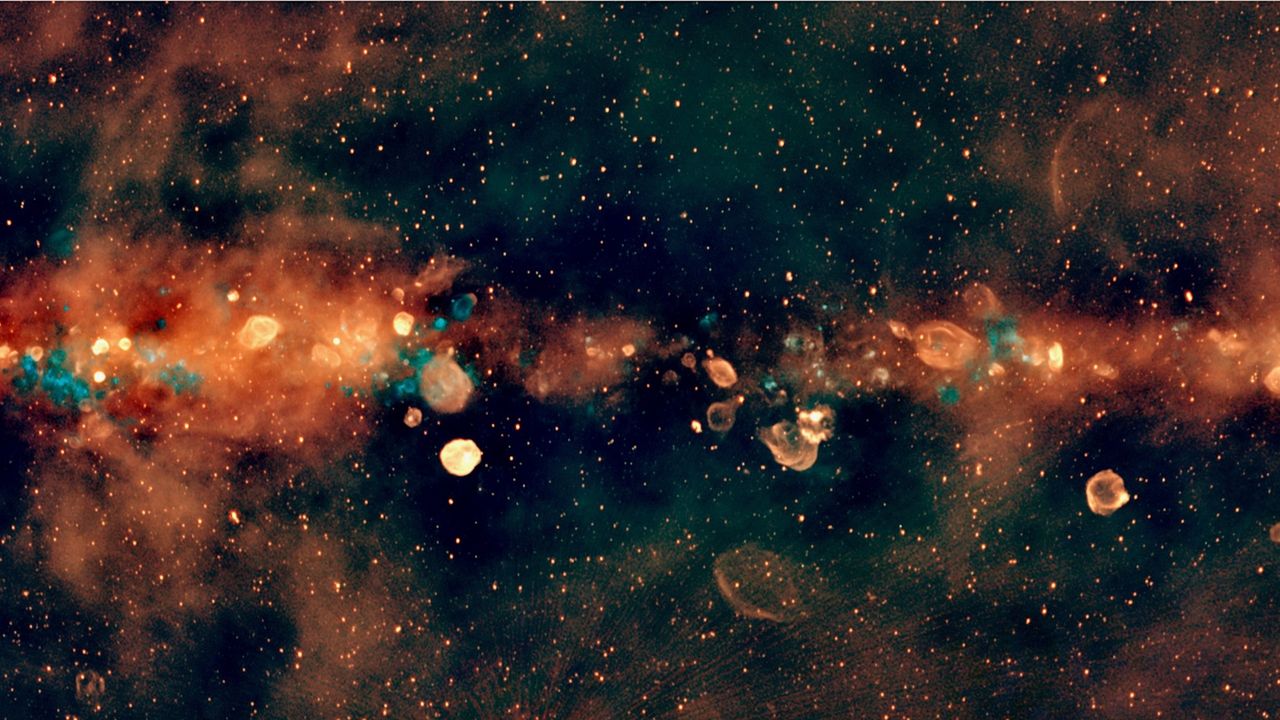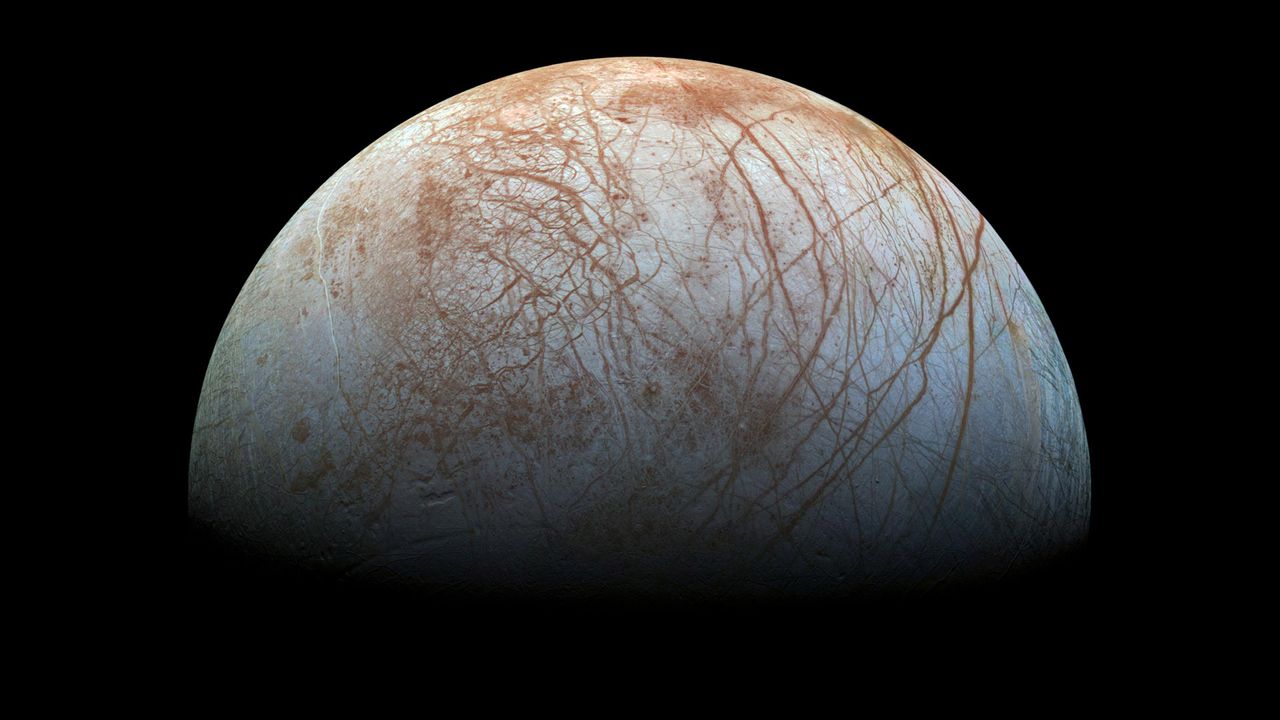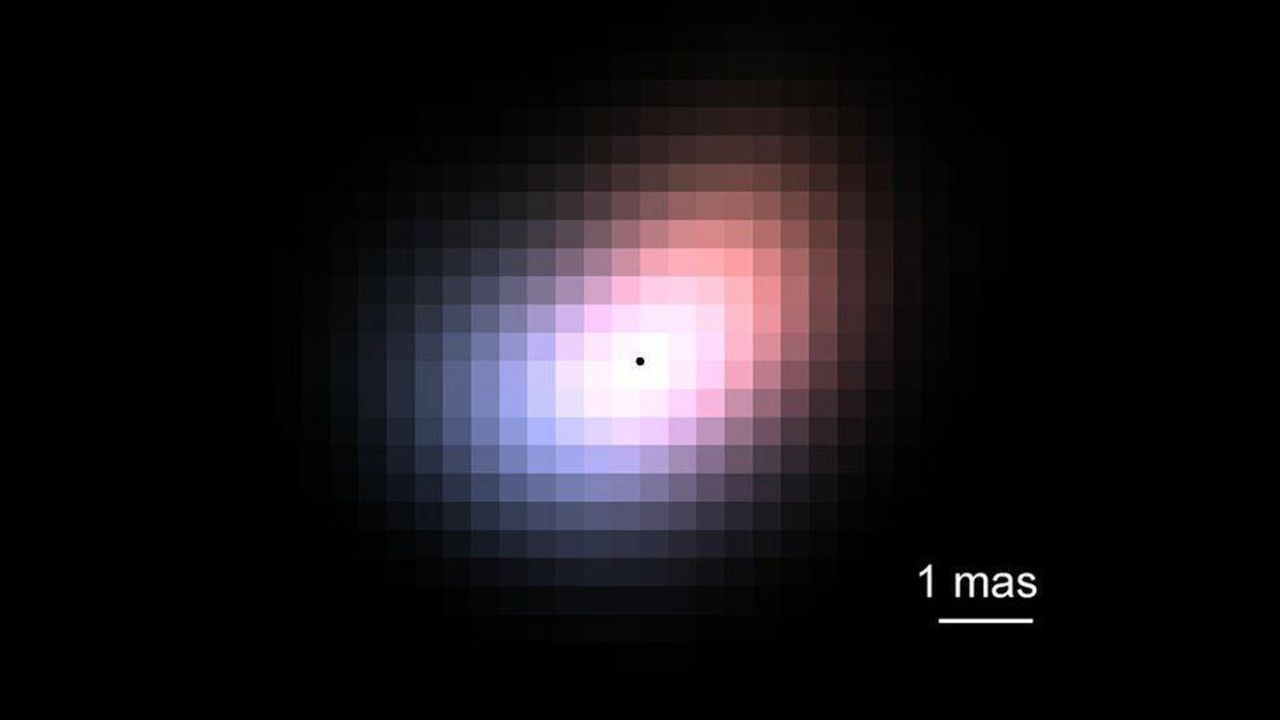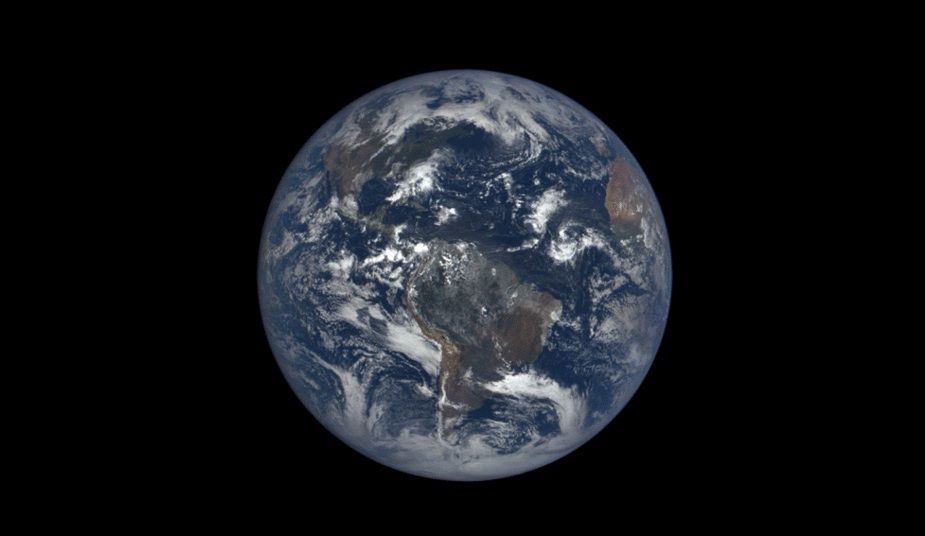Science history: Astronomers spot first known planet around a sunlike star, raising hopes for extraterrestrial life — Nov. 1, 1995
PositiveScience
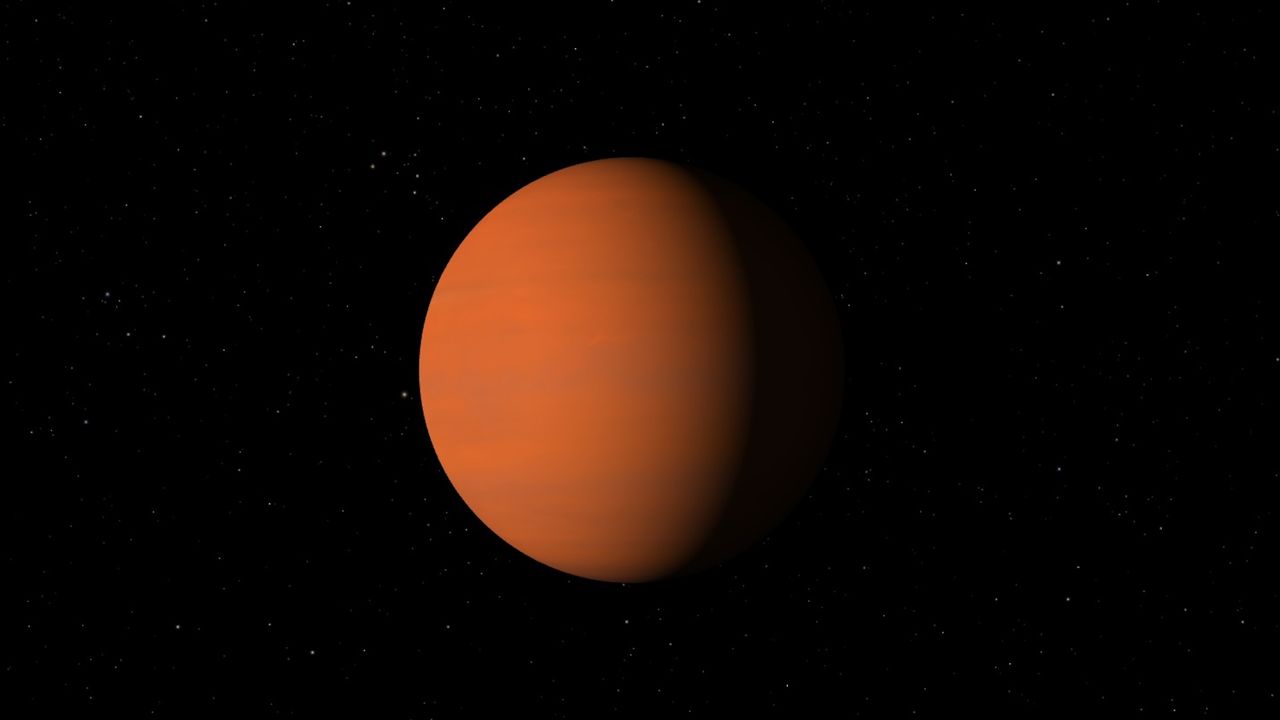
In a groundbreaking discovery, astronomers have identified Pegasi 51 b, the first known planet orbiting a sunlike star, located about 50 light-years from Earth. This gas giant, which is roughly half the mass of Jupiter, marks a significant milestone in exoplanet research and fuels excitement about the potential for extraterrestrial life. The finding not only expands our understanding of the universe but also opens up new avenues for exploration and study of planets beyond our solar system.
— Curated by the World Pulse Now AI Editorial System
